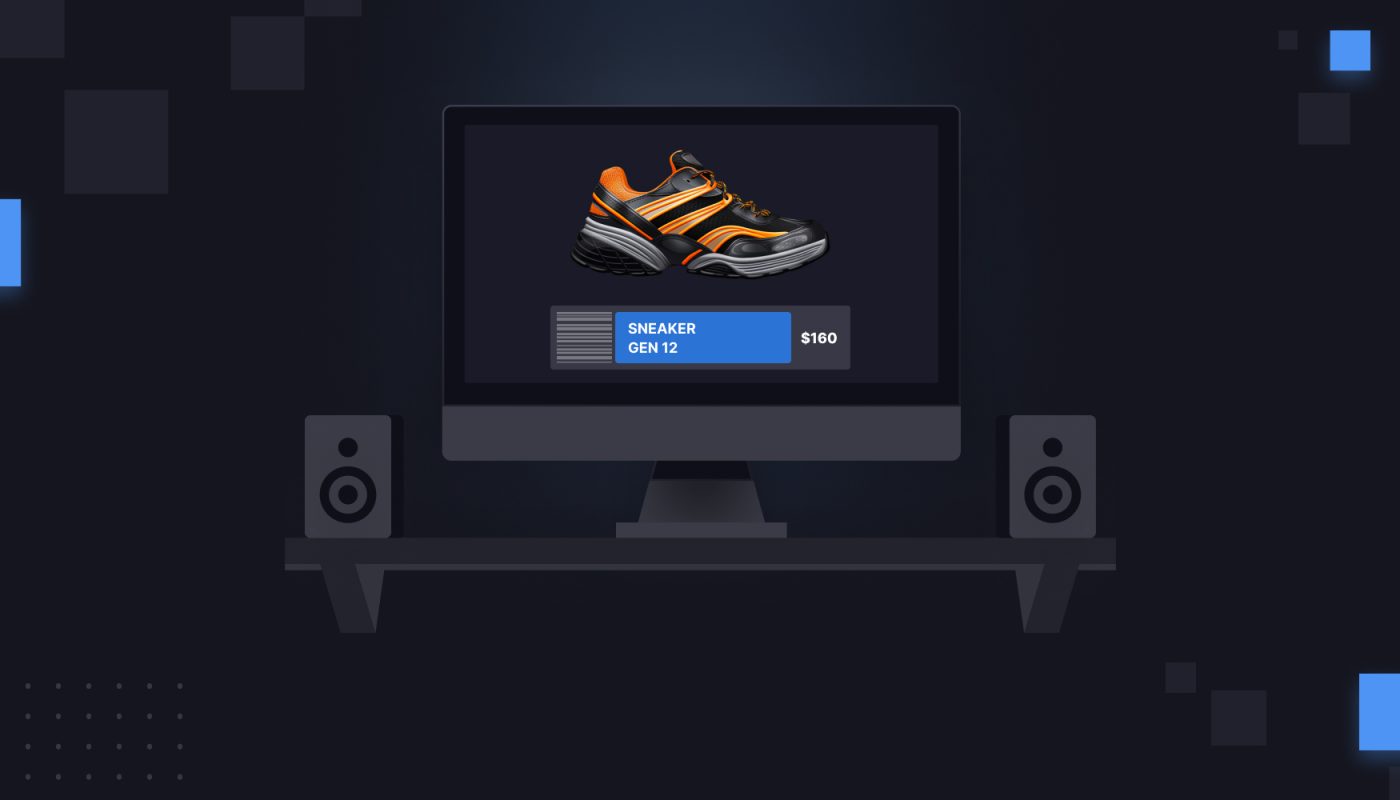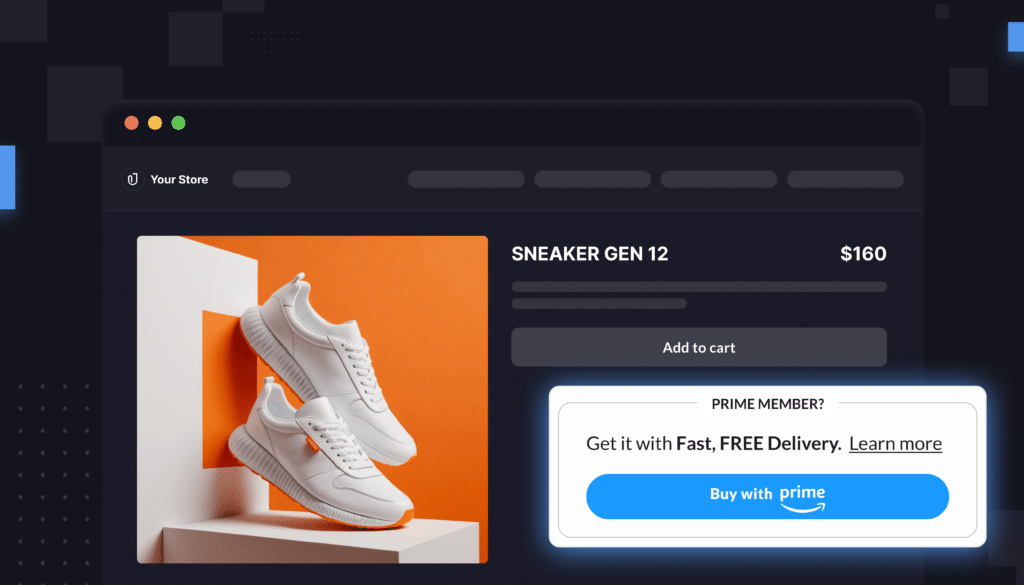In just the last few months, it has become easier than ever for advertisers to connect their digital activity to in-store sales.
It’s a cliche at this point to say that we’re in an omnichannel era. But it’s true. What your brand does online informs a lot about its success in a physical store, and vice versa.
When you’re evaluating the impact of your ads or your opportunities for future growth, you want to talk about digital and physical retail as deeply intertwined categories—not separate markets that live in siloes.
The good news is: Increasingly, retailers are letting you forge these connections. As we wrote about recently, Walmart Connect now reports in-store sales figures to brands with products in physical stores. Anyone with a product in Walmart stores can now access metrics like:
- In-store Advertised Sales: If a shopper directly clicks an ad for a product that they later buy, then these are counted as “Advertised Sales.”
- In-store Other Sales: These are in-stores halo sales. They happen after a shopper clicks an ad for a product in your brand, but not the exact product they ended up buying.
- In-store Attributed Sales: This is the combination of Advertised and Other sales. It essentially captures all of your ad-attributable in-store sales.
Walmart can do this more easily than most because it has such a massive physical retail presence in the first place. But now, Amazon is taking its first big step toward in-store attribution, too.
Amazon Marketing Cloud recently added a new product under its subscription-based Paid Features section called NCS CPG Insights Stream. (If you want to know more about Paid Features, read about it here.)
For Amazon, it’s part of a bigger trend toward intertwining offline and online data.
What is NCS CPG Insights Stream?
Basically, NCS CPG Insights Stream (owned by Nielsen) gives you modeled data on your offline sales at the user level. It uses in-store data from 20+ major national and regional CPG retailers across the U.S. You can now do exciting new things like:
- Tie your digital ads to offline sales. You can more directly correlate your digital ads to in-store sales. Did seeing an ad on Amazon influence a shopper to later buy your product in a physical store? By linking offline to online shoppers, you’ll have the answer.
- Expand your view of the path to purchase. What are the digital ads or series of ads that are most likely to result in an in-store purchase? Now you can see all of the digital touchpoints that shoppers had with you before they bought your product in a store.
- Share of Wallet. What is your Share of Wallet in your specific product category, and how do your Amazon ads impact that? By how much do Amazon ads increase your SOW in offline channels?
- Compare your online-only and offline-only audiences. For as connected as online and offline channels are, there are some shoppers who only ever buy from you online or only ever buy from you offline. How many of them are in each category, and what are the differences between these audiences?
All of this should make Amazon a more attractive home for big brands in physical stores that don’t yet control their Amazon presence.
Now, you have a more direct way to connect the various aspects of their business. Amazon no longer has to be a silo—it’s one big touchpoint among many others for your shoppers. You can finally analyze it that way, too.
What about ads in physical stores?
So far, we’ve been talking specifically about marketplaces correlating your digital ads with physical purchases. But what about the other side of in-store retail media—the ads that appear in physical retail stores?
For now, Walmart has one of the most robust systems here. Walmart sells a suite of ads that appear on its TV screens or at the checkout kiosk. You need to register for Walmart DSP, and you need to have products in physical stores.
Other startups are trying to offer a similar suite of ads in physical stores. Cooler Screens, for instance, displays digital ads on refrigerator doors in physical stores.
These aren’t big sources of spend, but they represent a growing share of the market. According to recent data from eMarketer, in-store retail media ads will top $1 billion by 2028.
That’s a decent number—but it’ll still be less than 1% of all ad spend.
What’s the lesson here?
Of course, this shift into connecting offline and online behavior doesn’t impact everyone. Plenty of successful brands on Amazon don’t have physical store presences.
But at Intentwise, we really see these new releases from Walmart and Amazon in particular as part of a wider trend in how data is shared and managed.
Basically: Walmart and Amazon are giving you more insights about your shoppers than they ever have before.
The name of the game these days is figuring out how to cut through the noise of that data and make smarter, more creative marketing decisions. Don’t let all of these exciting new data points pass you by.
It’s your task to figure out how to harness the data, and use it to outmaneuver your competitors.








